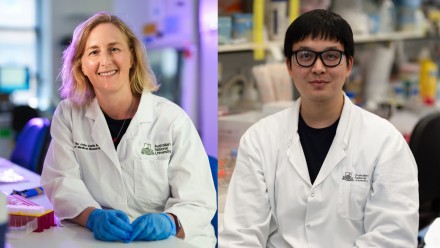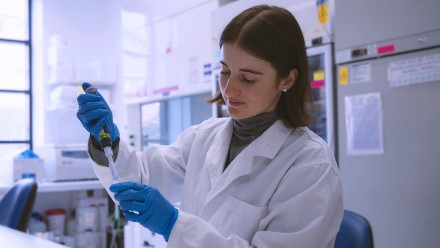HiC: 3D Genome Organisation
How to order
Get in touch with the BRF to organise a time for sample submission. We will discuss sample requirements and the appropriate sequencer with the associated pricing. If you are submitting cells, we require 1 -10 million cells per sample. For tissues of most vertebrates and large invertebrates, we require 50-200 mg per sample. It can be difficult to get this much material from some samples, so we can process these samples using a "low input" version of the protocol. For plants, attempt to submit at least 20 g of leaves per sample. Under the "How to order" tab on the Illumina Sequencing page, download an order form for "BRF-Made Libraries" for the chosen sequencer and send an email to brf@anu.edu.au with the following
How it works
At the BRF, we use Arima HiC 2.0 kits to prepare HiC libraries from cells, tissues and plants. The workflow involves crosslinking the DNA in a sample with a formaldehyde solution, followed by digestion with a cocktail of restriction enzymes. The products of digestion, despite being far apart from each other in the primary DNA sequence, remain tethered to each other through crosslinks to preserve the 3D conformation of the genome.
The overhangs of the digested DNA are blunted by end-repair and marked with biotinylated nucleotides. These ends are ligated together, the DNA is de-crosslinked, and then the DNA is sheared by ultrasonication to the desired fragment size. This results in a mix of DNA fragments, where some are ligation products labelled with biotin and others are non-ligated products that are unlabelled. To enrich for the ligation products, streptavidin coupled to magnetic beads are used to pull down these products through their biotinylated nucleotides, and proceed to library preparation and sequencing.








